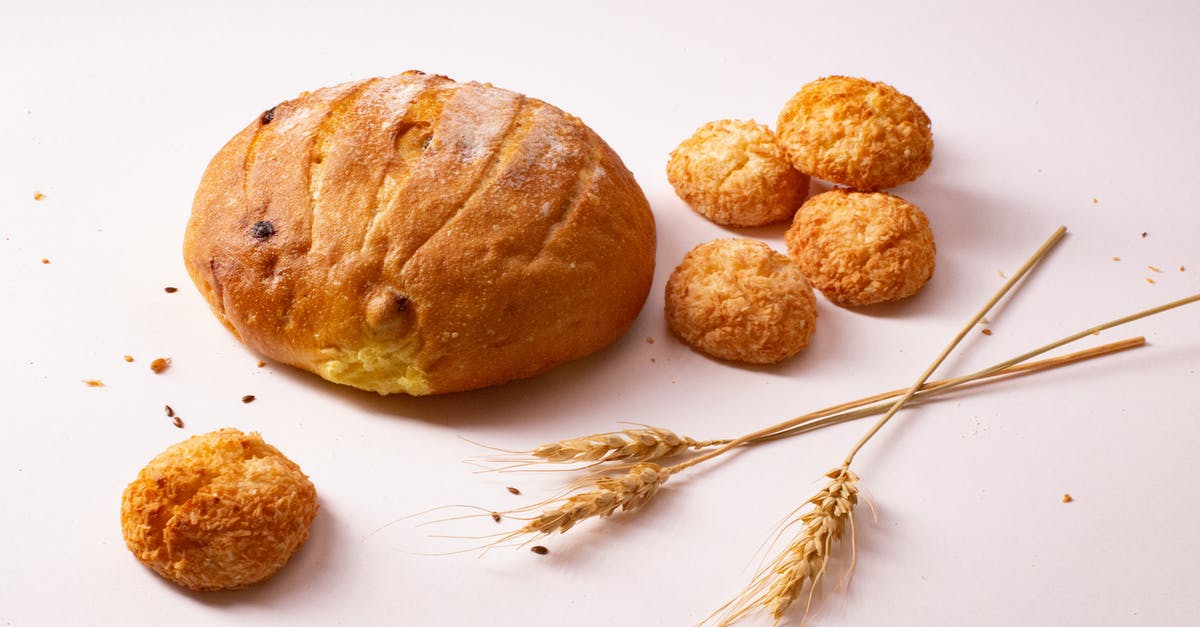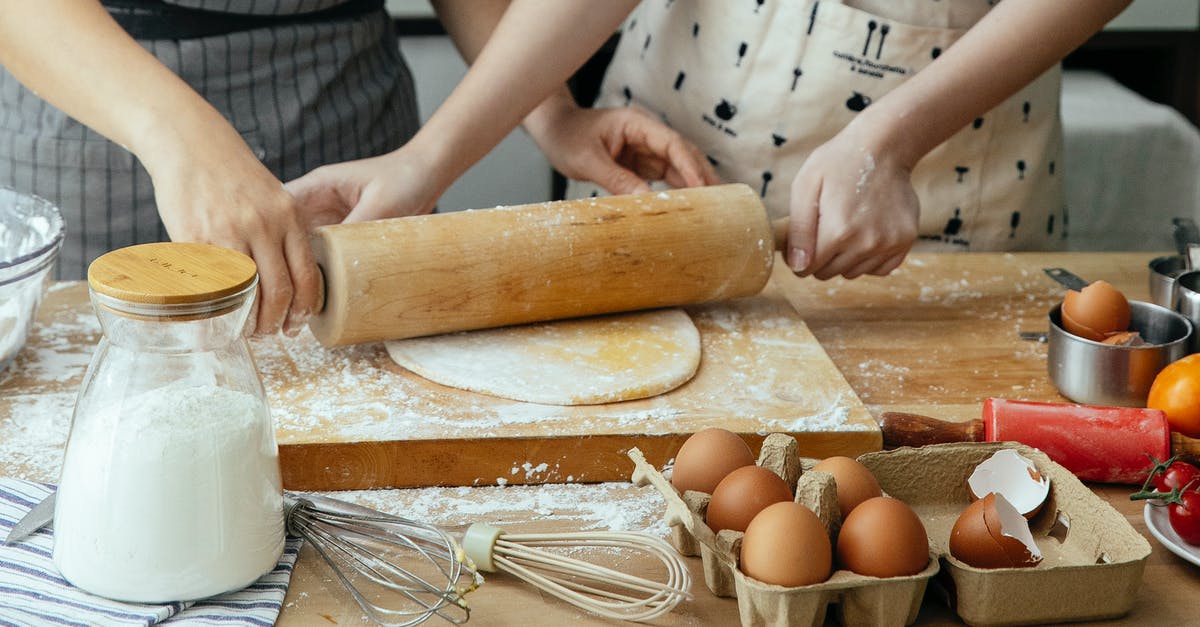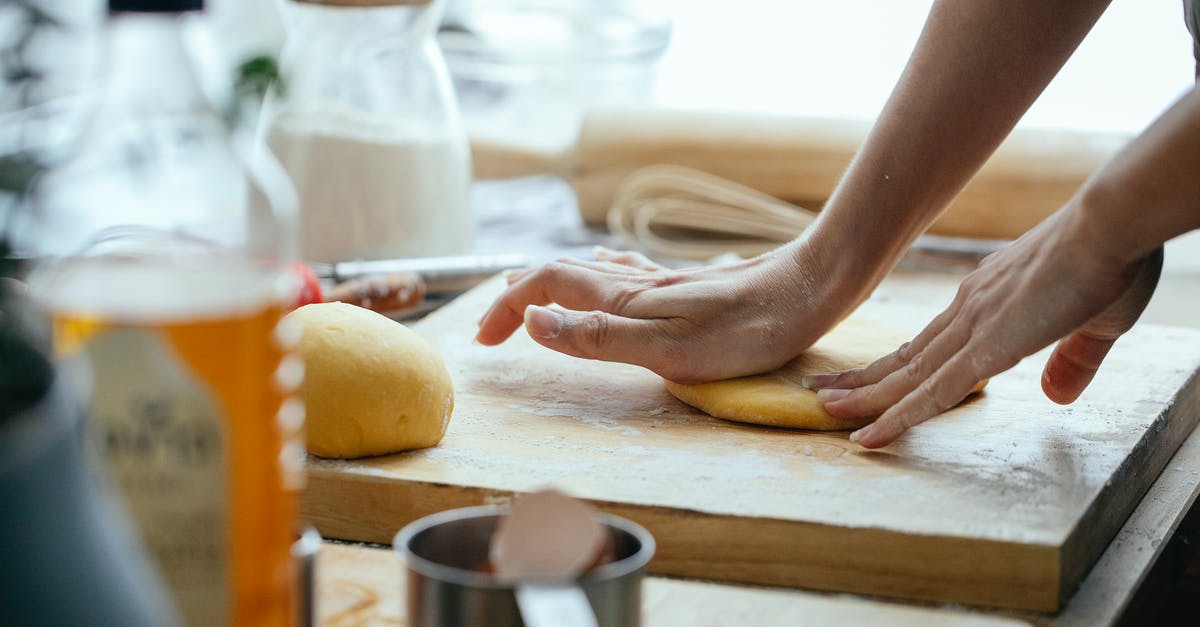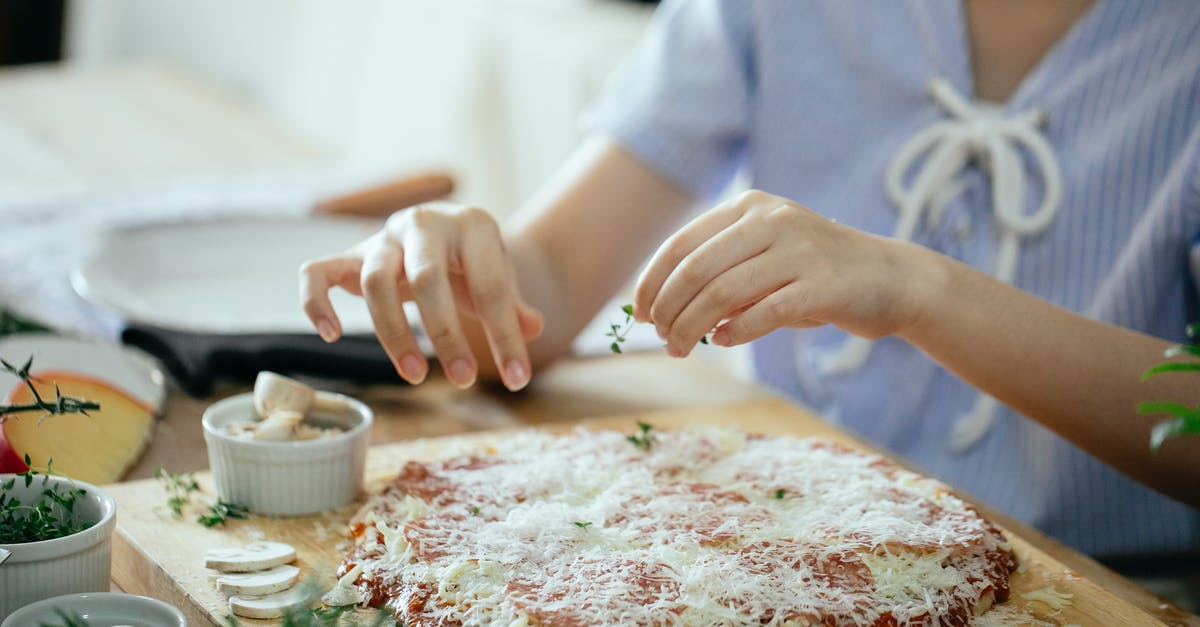What does yeast do to flour?

Does yeast overtake flour? if yes then does it become protein from carbs? When we start with 100% flour does it become 70% flour 30% yeast germs after fully fermented dough?
Best Answer
Does yeast overtake flour?
That depends on what you mean by "overtake". The most obvious interpretation is that you are asking if you wind up with more yeast than flour. If so, then the answer is no, not even close.
if yes then does it become protein from carbs?
Yeast begins its process by using enzymes to break down the complex carbohydrates that are in the flour (starches), into simpler sugars. They then eat the sugar, producing carbon dioxide in the process which causes the bread to expand (rise).
The process can be accelerated by adding some simple sugar (e.g. table sugar, a.k.a. sucrose) so the yeast has something to eat before it has broken down the starches.
As part of its biological process, the yeast does have to build protein molecules, so technically, yes. New proteins are added during the process of the yeast consuming the starches in the flour.
When we start with 100% flour does it become 70% flour 30% yeast germs after fully fermented dough?
No. Almost all of the flour remains, even after extended periods of time.
The use of yeast in bread-making is highly varied. Some breads use very little and rise for short periods of time. Other breads use more, and/or involve multiple rises, during which a relatively large number of yeast cells are able to reproduce.
As a very rough estimate, one might use a 0.5 to 1.0 grams of yeast for 500 grams of flour. (It doesn't need to be precise; if you start with less yeast, you can just let the dough rise for a longer time…the yeast you put in makes more yeast!)
In ideal conditions, yeast can double in population in about 90 minutes. A short rise for bread might be 45 minutes, increasing yeast population by about 40% at most. Other breads might rise long enough for the population to double or even triple. These are optimistic numbers; very long "rises" often involve cooler temperatures, and even a normal rise generally isn't actually going to produce the maximum reproduction rate.
In the end, you might wind up with at most two or three grams of yeast for 500 grams of flour, a very much not-significant amount compared to the total weight of the bread (which also at the very least includes added water, and sometimes eggs, oils, or other ingredients). At the most extreme, you might start with 0.1% yeast by weight and end up with with 0.6% yeast by weight, with practically all of the flour you started with.
The amount of added protein is negligible, and likewise the amount of reduced carbohydrates.
Pictures about "What does yeast do to flour?"



Quick Answer about "What does yeast do to flour?"
Once reactivated, yeast begins feeding on the sugars in flour, and releases the carbon dioxide that makes bread rise (although at a much slower rate than baking powder or soda). Yeast also adds many of the distinctive flavors and aromas we associate with bread. For more on yeast, check out our fun yeast activity.Does yeast activate flour?
How to Proof Yeast. Proofing (or fermentation) occurs after the gluten has been developed through kneading. The yeast will get to work \u2014 feeding off the sugars in the starchy flour and expelling gas into the web of gluten. In most recipes, you will want the dough to rise until it doubles in size before shaping.Can yeast break down flour?
When yeast break down the starches in flour, it turns them into flavorful sugars. The longer you let the dough rise, the stronger these good flavors will be, and some of the most popular bread recipes use this to their advantage.What happens when yeast is added to dough?
Yeast feeds on the sugar contained with the dough, producing carbon dioxide and alcohol, in a process called fermentation. During bread making, the dough is left in a warm place. The warmth causes fermentation to take place.How Yeast Works in Bread
Sources: Stack Exchange - This article follows the attribution requirements of Stack Exchange and is licensed under CC BY-SA 3.0.
Images: Mariana Kurnyk, Katerina Holmes, Katerina Holmes, Katerina Holmes
